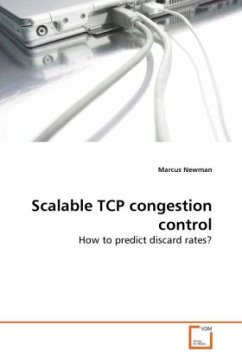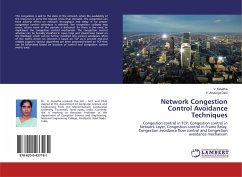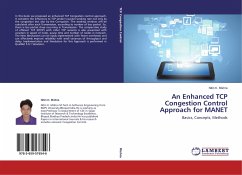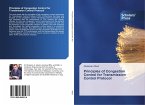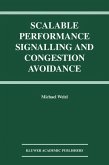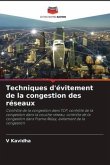Routers in IP packet switched networks signal congestion to senders by discarding packets. Such discards, as a side-effect, are often the key factor determining the quality of network service perceived by users. For this reason network designers need techniques to explain, predict, and control the packet discard rate. This thesis explains the discards rate for TCP traffic in terms of the interaction between load and capacity. The key insights are that load should be measured as the number of senders actively completing for a bottleneck link, and capacity as the total network buffering available to those senders. The thesis shows how to predict discard rates using these measures. It also propose a new queuing method that can limit the discard rate over a wide range of loads.
Bitte wählen Sie Ihr Anliegen aus.
Rechnungen
Retourenschein anfordern
Bestellstatus
Storno

